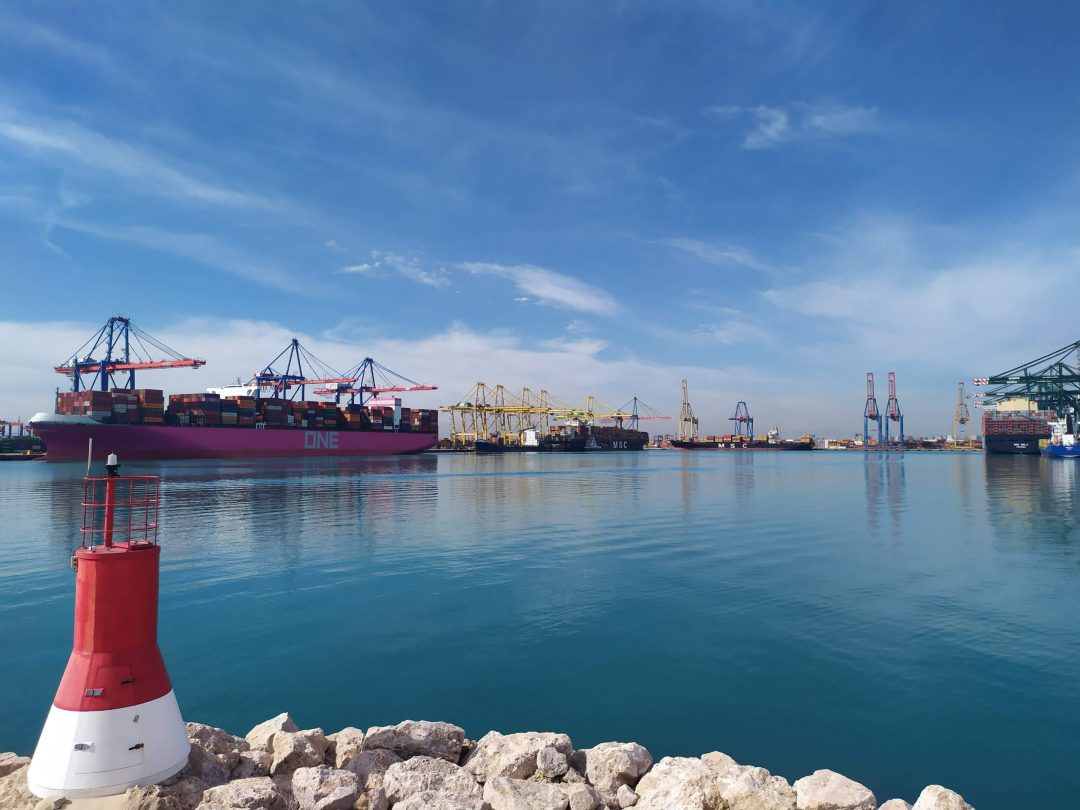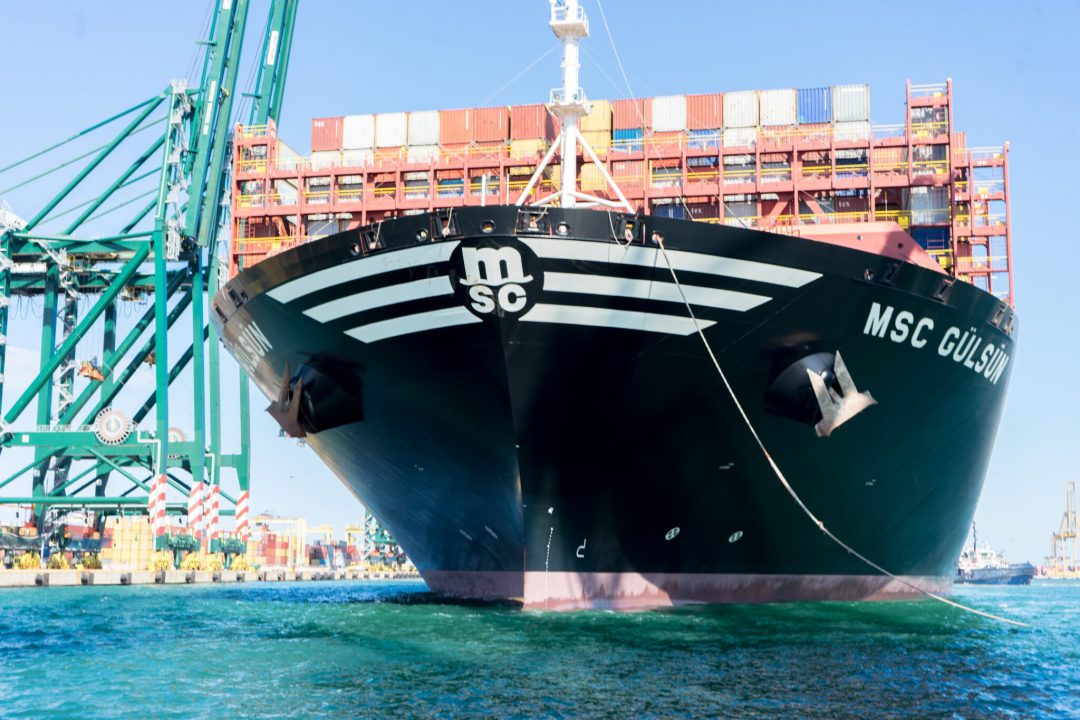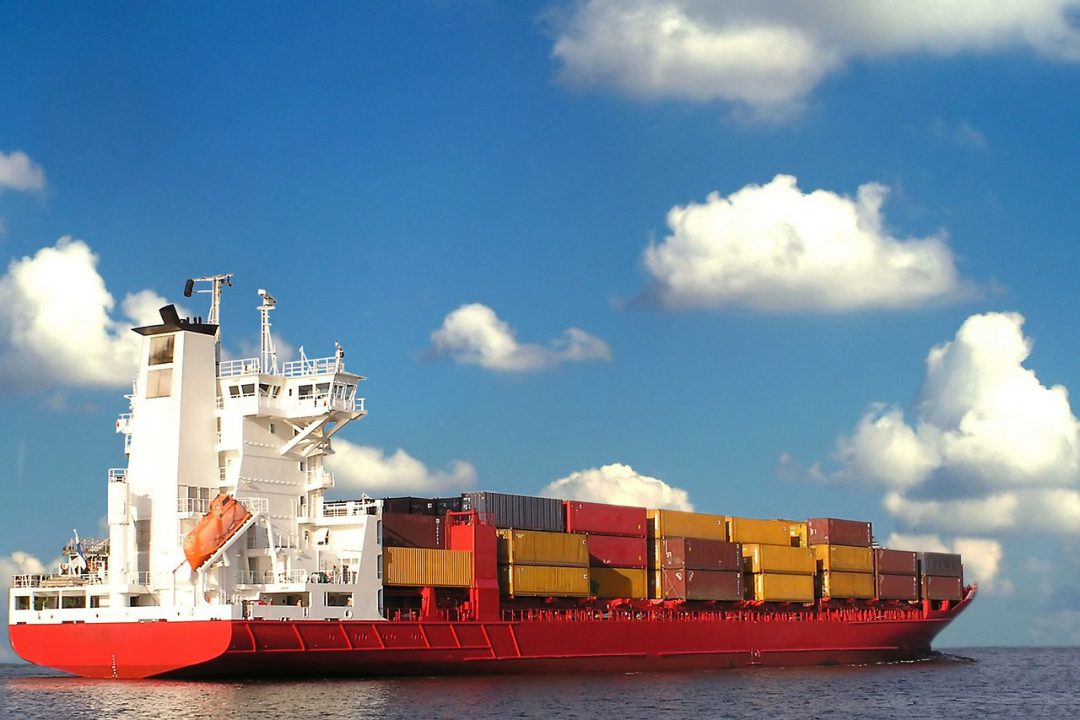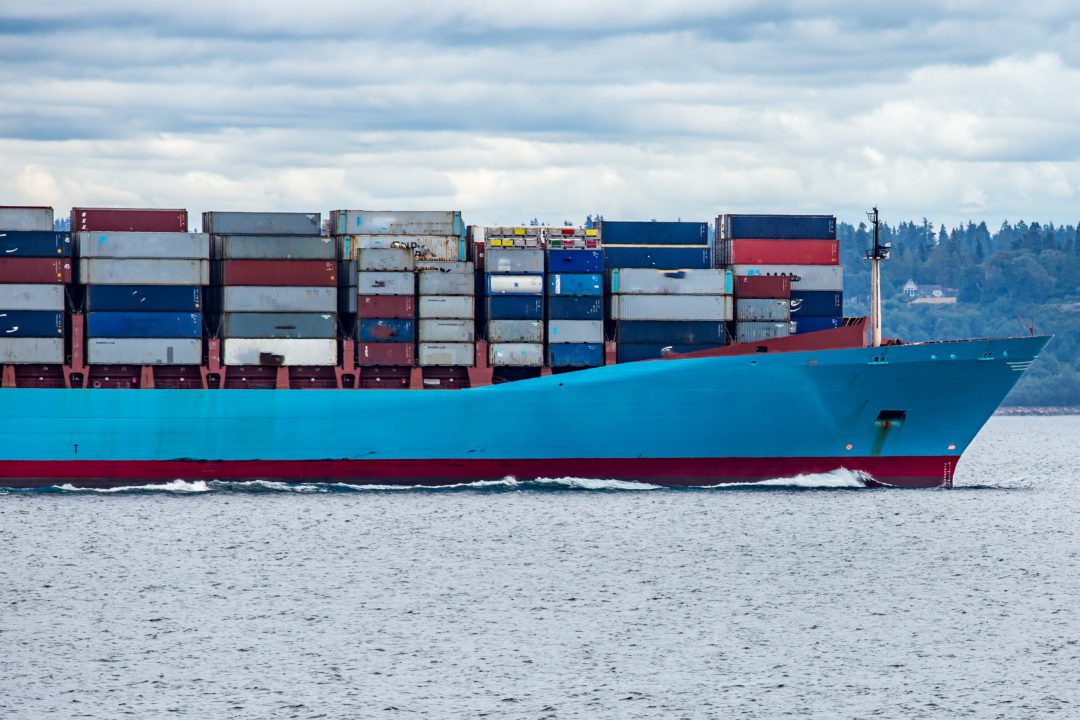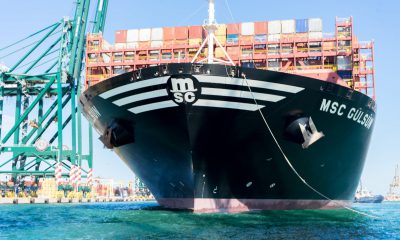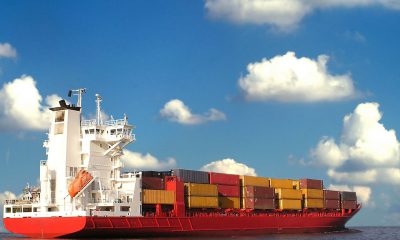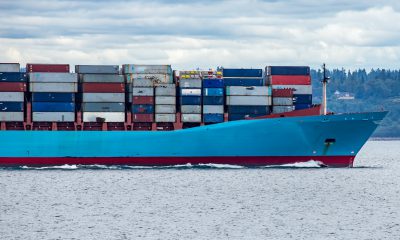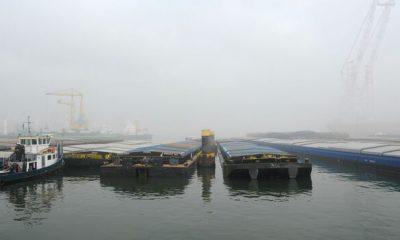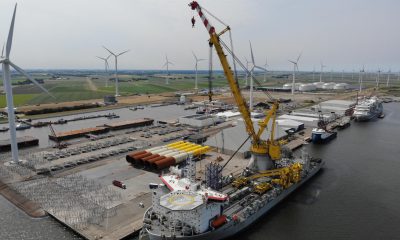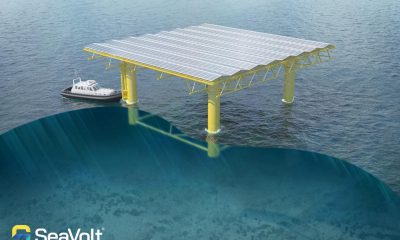The Valencia Container Freight Index has increased by 4.09% in March compared to the previous month, and returns, after declining in February, to the upward trend that has been the norm over the last 15 months. In this way, the index stands at 4,428.46 points and accumulates a growth of 342.85% since the beginning of the series in 2018. As reflected in the 2021 annual report, during this time the VCFI has been conditioned by the high demand for port traffic, the price of maritime fuel, congestion in some precincts, disruptions in supply chains and the complex international environment. To this must be added the conflict in Europe over the invasion of Ukraine which is reflected, for example, in the 14.71% increase of the Index in the Atlantic Europe area.
In this line, inflationary tensions persist in many territories, driven by the energy component, where European Brent has returned to record highs since the financial crisis, standing at $113.61 with a rise of 20.67% compared to the previous month. Thus, according to the data offered by Ship&Bunker, which takes as a reference the price of bunkering (refuelling of ships at sea) in the 20 main ports of the world, the cost of IFO 380 (Intermediate Fuel Oil) has risen from 591.5$ in February to 716$ in March, which represents an increase of 21.04%. The price of VLSFO (Very Low Sulphur Fuel Oil) reached $915.5 in March compared to $781.5 the previous month, an increase of 17.14%.
In terms of capacity on offer, the consultancy Alphaliner counted 59 idle vessels in mid-March with a total of 204,977 TEU (standard 20-foot container), representing 0.8% of the total active fleet. This represents an increase compared to February, when there were 101,419 TEUs and 48 idle vessels, 0.4% of the total active fleet.
As far as demand is concerned, according to the latest RWI/ISL Container Througput Index published at the end of March and the Container Trade Statistics (CTS), there was a significant drop in the volume of port traffic compared to the previous month. This decline was mainly due to the drop-in activity in China due to the end of the New Year holidays and the closure of Shanghai due to the new outbreak of COVID-19. There was also a decline in traffic in European ports due to the sanctions imposed on Russia for the invasion of Ukraine.
At the same time, and despite some contraction in certain ports, the high levels of congestion continue to act as a limiting factor from an operational point of view to the supply of capacity. In relation to the Spanish ports, the hauliers’ strike has led to a slowdown in commercial activity for several weeks, with cargo accumulating in the ports and showing high levels of congestion.
Regarding the analysis of the different areas that make up the VCFI, it is worth highlighting the increase in Atlantic Europe freight rates (14.71%), reaching record levels because of the war in Ukraine on transport chains. Similarly, a significant increase is observed in the East Coast Africa Index (13.32%), as a direct consequence of congestion problems. As regards the US/Canada area (11.75%), freight rates have increased due to the boost in import demand from Europe.
Valencia Containerised Freight Index Western Mediterranean
The Western Mediterranean sub-index reflects in March an increase of 3.39% over the previous month to 2,195.78 points. Thus, it accumulates a growth of 119.58% since the beginning of the series in 2018. During the year 2021, the index concentrated the highest increases since the beginning of the series, however, at the beginning of 2022, a certain containment was observed, which has been reversed again. This situation occurs in a context in which traffic from Valenciaport to Morocco, Tunisia and Algeria has once again increased.
Valencia Containerised Freight Index Far East
In the Far East area, the Valencia Containerised Freight Index decreased by 3.17%, following the trend of the previous month. In this area, the Index reached 3,641.62 points, which is 264.16% higher than at the beginning of the series in 2018. In this line, it is worth highlighting the decrease in Valenciaport’s export flows with China, its main trading partner, as has historically occurred after the Chinese New Year. However, this is probably a one-off behaviour, so it is expected that, when the Chinese ports resume their operations, the evolution of freight rates will be altered.
